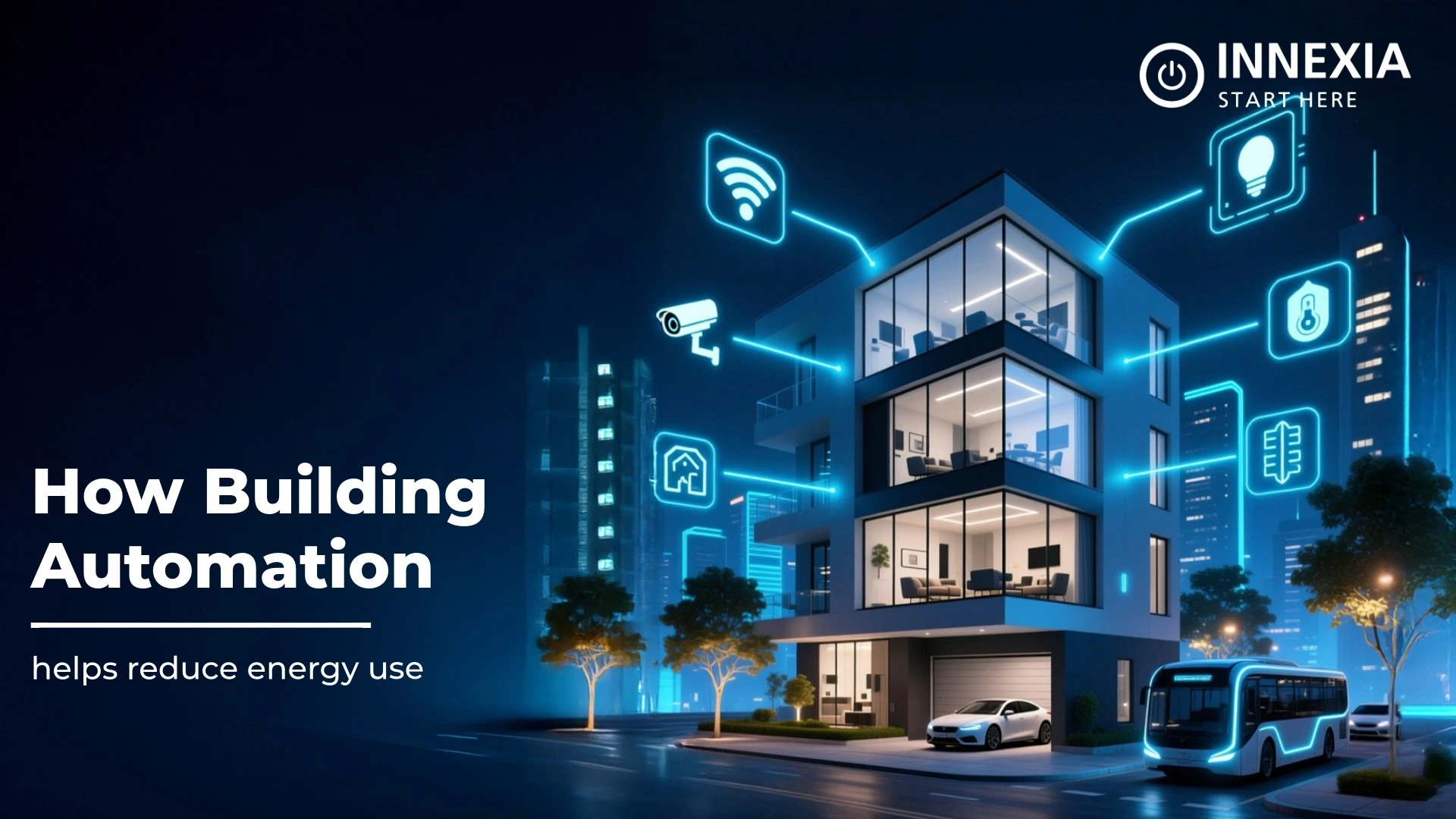Building Automation Systems (BAS) represent a transformative approach to managing a facility’s energy footprint. These integrated networks move beyond manual control, acting as a central intelligence that continuously monitors and adjusts a building’s core systems. A BAS removes the significant energy loss that comes with static operations by seamlessly coordinating the HVAC, lighting, and power infrastructure based on real-time occupancy data and outside circumstances.
This isn’t just about scheduling. It’s about deploying smart algorithms that make micro adjustments to climate control and lighting levels, ensuring optimal performance without sacrificing comfort. The result is a significant reduction in utility expenses and a major step toward achieving true operational sustainability and environmental responsibility.
Understanding Building Automation Systems
A Building Automation System (BAS) functions as the intelligent core of a modern structure. It is a centralized network of hardware and software that continuously monitors and manages a building’s critical operations, including HVAC, lighting, and security.
This system uses a network of sensors to gather real-time data on ambient conditions and occupancy. Sophisticated controllers then process this information, automatically making precise adjustments to optimize performance. For instance, it can dim lights in a sunlit conference room, reduce airflow in an empty wing, or adjust temperatures based on actual use patterns.
This dynamic, responsive approach moves far beyond simple pre programmed schedules. It creates a living, reactive environment that prioritizes efficiency and eliminates the massive energy waste associated with manual or static control systems.
How BAS Technology Creates Energy Efficiency
Building Automation Systems save significant energy by changing static building activities into dynamic, responsive environments. These systems achieve efficiency through several targeted approaches:
Intelligent HVAC Optimization
BAS goes beyond simple thermostat control. It continuously analyzes occupancy patterns, external weather conditions, and internal temperature gradients to deliver precise climate control exactly where and when needed. This eliminates the massive energy waste associated with maintaining uniform conditions in unoccupied spaces.
Adaptive Lighting Management
The system integrates with lighting controls to create illumination that responds to both occupancy and available natural light. Lights automatically dim or turn off in unused areas while maintaining optimal light levels in workspaces, significantly reducing electricity consumption without impacting occupant experience.
Predictive Equipment Maintenance
By monitoring performance metrics of critical equipment like chillers and pumps, BAS can identify inefficiencies and potential failures before they occur. This proactive approach prevents energy waste from suboptimal operation and avoids the significant efficiency losses that happen just before equipment failure.
Occupancy-Driven Automation
Integrated sensors detect real time space utilization, allowing the system to automatically adjust multiple systems simultaneously. When a space is unoccupied, BAS can implement a coordinated setback of heating, cooling, ventilation, and lighting, creating compound energy savings throughout the building.
Optimizing Your BAS for Peak Performance
Implementing a Building Automation System establishes a foundation for efficiency, but its true potential is only realized through deliberate optimization. These strategies transform a basic automated system into a sophisticated energy management tool.
Strategic System Integration
True efficiency is achieved when all building systems function together. Integrate your BAS with renewable energy sources, allowing the system to prioritize solar or wind power when available. Create protocols where lighting systems communicate directly with HVAC, ensuring both systems respond simultaneously to occupancy data rather than operating in isolation.
Dynamic Set Point Management
Move beyond static temperature settings. Implement adaptive set points that automatically adjust based on occupancy density, time of day, and seasonal changes. Consider establishing wider comfort bands during unoccupied periods and implementing gradual ramp-ups rather than sudden system activations.
Continuous Performance Monitoring
Install dedicated energy analytics dashboards that track system performance in real time. Establish key performance indicators for energy consumption per square foot and monitor equipment efficiency ratios. Set automated alerts for abnormal energy patterns that may indicate system malfunctions or optimization opportunities.
Proactive Maintenance Protocols
Develop a scheduled maintenance program that addresses both hardware and software components. Regularly calibrate sensors to maintain measurement accuracy, update control algorithms to reflect changing building usage patterns, and replace components before failure rather than after.
Comprehensive User Education
Teach facility personnel how to interpret system data and make informed decisions. Educate occupants on how their behavior impacts system performance and create clear channels for reporting comfort issues. When users understand how the system works, they become active participants in optimization rather than obstacles to efficiency.
Conclusion
The journey toward operational excellence begins with recognizing that your building’s systems should work as one intelligent organism, not isolated components. Innexia Building Automation Systems provide the central intelligence to transform your facility from a passive structure into an actively optimized environment that anticipates needs and eliminates waste.
Innexia delivers more than technology. We provide a partnership dedicated to unlocking your building’s full potential through intelligent automation that adapts, learns, and optimizes continuously.




